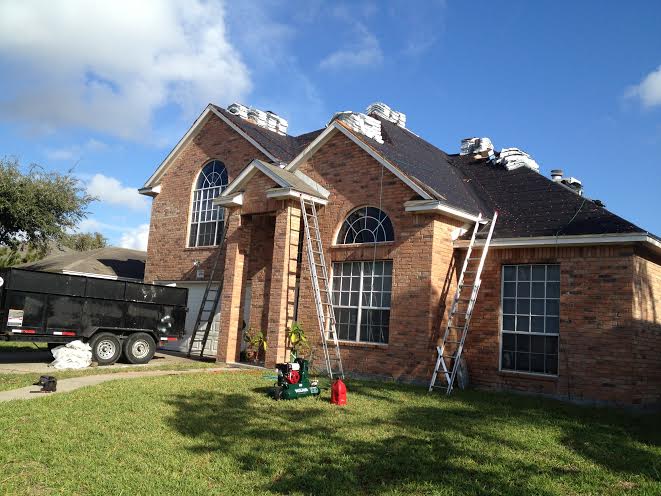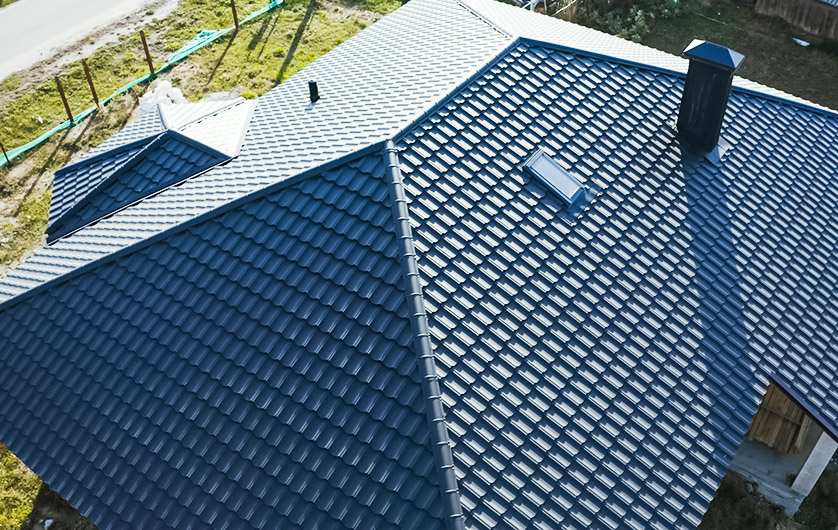In Texas, residential roof pitch is an important factor to consider when constructing a home. The slope of the roof can have a significant impact on the overall look and feel of the house as well as its performance during harsh weather conditions. This article discusses what constitutes a typical residential roof pitch in Texas, taking into consideration factors such as climate, building codes, and aesthetics.
Climate plays an important role in determining the optimal residential roof pitch for homes in Texas. In areas that are prone to hurricanes or heavy rainstorms, steeper roofs tend to be preferred because they shed water more efficiently than low-slope roofs. On the other hand, in drier regions with less intense storms, lower slopes may be preferable since they require less maintenance over time due to reduced exposure to rainfall and wind uplift forces.
Building codes also play a part in deciding what qualifies as a typical residential roof pitch in Texas. Local regulations typically dictate minimum requirements for slope angles based on safety considerations such as snow load capacity and moisture accumulation prevention. Additionally, local authorities often impose limits on maximum allowable pitches so that houses do not become too tall relative to their surroundings. Finally, aesthetic preferences can also influence which type of roof is chosen by homeowners; some prefer traditional pitched roofs while others opt for flat designs that provide additional space for outdoor activities such as rooftop terraces or decks.
Overview Of Roof Pitch
The roof pitch, or slope, of a residential structure is the measure of how much it rises for every foot it runs horizontally. This angle is expressed in terms of vertical rise to horizontal run and can be calculated as a ratio or in degrees. For example, if a roof has an 8-inch rise over 12 inches of horizontal run, then the pitch would be 1:6 (or an 8° angle). Generally speaking, most conventional roofs have pitches ranging from 4/12 to 9/12.
In Texas, however, due to its hot climate and intense sunlight exposure, typical residential structures tend to use higher pitched roofs than those found elsewhere. A typical residential roof pitch in Texas is 6/12 – 8/12 which provides greater air circulation under the eaves and helps protect the house from extreme temperatures.
Features Of A Texas Home
Texas is known for its diverse array of architectural styles, climates and topography. As such, the roof pitch of a typical residential home in Texas may vary widely depending on local conditions. Generally speaking, however, many homes in the state have a pitched roof system with an average slope between 4:12 and 6:12. This provides ample protection from rain, snow and other weather elements that are common to the area. The increased slope also helps reduce energy costs during hot summer months by allowing air to circulate better through attic spaces. Additionally, some homeowners opt for higher pitches (7:12 or greater) as they provide more headroom under the eaves when entering attics or upper levels of their homes.
These steep slopes can require special techniques for laying shingles and flashing that must be carefully carried out by experienced contractors in order to ensure proper waterproofing and ventilation of these areas.
Benefits Of A Steep Roof Pitch
In Texas, the typical residential roof pitch is 6/12 or greater. This steep angle provides several benefits to homeowners. Firstly, it allows for more efficient water runoff which helps in preventing potential problems such as leaking and mold growth caused by pooling water on top of a flat roof.
Secondly, the steeper slope makes for easier installation of shingles and other roof materials because they can be laid down over a larger area than what would be possible with a lower pitched roof. Additionally, the extra space created by a higher pitch also increases air circulation around the attic, making it cooler during hot days and reducing energy costs associated with cooling the home. The increased ventilation also reduces condensation buildup which could cause damage to insulation and other components within an attic space.
Lastly, the extra height provided by a steep-pitched roof gives added visual appeal while providing additional living space below when compared to that provided by flatter roofs. In sum, these advantages make choosing a higher pitched roof an attractive option for many Texas homeowners.
Factors Affecting Roof Pitch In Texas
The benefits of a steep roof pitch are clear, providing greater protection against the elements and allowing for better drainage. However, there is no one-size-fits-all solution when it comes to the ideal roof pitch in Texas. The best choice depends on several factors such as climate, budget, location, and aesthetic preferences.
Climate considerations play an important role in determining residential roof pitches in Texas. Generally speaking, steeper roofs provide more resistance to strong winds and rain runoff during storms. Areas with high amounts of snowfall may need even steeper slopes to ensure adequate drainage. In addition, some climates require insulation levels that can be provided by varying degrees of roof pitches. Budget plays into this equation as well; while steep roofs cost more than shallow ones initially, they tend to last much longer due to increased stability and durability against weathering.
Location also impacts what kind of slope works best for a particular building or residence. Homes located near trees may benefit from higher pitched roofs since debris will slide off easier rather than lodging onto lower areas of the structure’s surface. Moreover, certain districts have restrictions in place regarding acceptable angles for specific neighborhoods or developments – something homeowners should take into account before construction begins. Last but not least, aesthetics should be considered too; different types of architecture often call for distinct shapes and grades which will give each property its own unique style and flair..
Building Code Requirements
In Texas, residential buildings typically have a roof pitch of 4/12. This means that the roof rises four inches vertically for every twelve inches it runs horizontally. Building codes in Texas require all roofs to be constructed with at least two layers of asphalt shingles and that each layer has its own water-resistant underlayment material.
Additionally, any valleys or ridges must have metal flashing installed along them to prevent leakage from occurring between different sections of the roof. Moreover, it is important that all nails used to secure materials are corrosion resistant and follow the guidelines set forth by local building code regulations. Proper installation of these components will ensure that your home’s roof remains safe and intact throughout its lifetime.
Average Pitch Of Residential Roofs In Texas
The average pitch of residential roofs in Texas is 4/12. This means that for every 12 units of horizontal measurement, the roof rises by four units vertically. The main purpose of a residential roof’s pitch is to ensure proper drainage and reduce the risk of water leakage or structural damage from standing snowmelt during winter months. Additionally, higher pitched roofs are more aesthetically pleasing than flat ones and provide better insulation against heat transfer.
In terms of material choice, asphalt shingles are most commonly used on residential buildings in Texas due to their durability and affordability. When properly installed with an appropriate underlayment, they can effectively protect against water penetration while providing adequate ventilation along the ridge line. Furthermore, installing metal flashing around all edges will further strengthen the overall integrity of the structure as well as preventing any additional moisture build-up which may occur over time.
Professional Installation Considerations
In Texas, the pitch of a typical residential roof is usually between 4:12 and 9:12, meaning that for every 12 inches (30 cm) of horizontal run, the roof rises in height by either 4 or 9 inches. This number describes the steepness of the slope. It’s important to note that professional installation considerations need to be taken into account when deciding on roofing material and pitch.
For example, steeper pitched roofs are more challenging to install and require specialized expertise from experienced contractors. If not installed correctly with proper waterproofing techniques, this can lead to water infiltration issues down the road at both low and high sloped areas.
Additionally, some types of materials may not lend themselves well to certain pitches. Asphalt shingle rooftops that have lower slopes might require an additional layer of waterproof membrane as protection against moisture buildup due to their shallower angle. Ultimately, it’s essential that homeowners consult with a qualified contractor who will know what type of material is best suited for each particular situation before committing to any installations.



